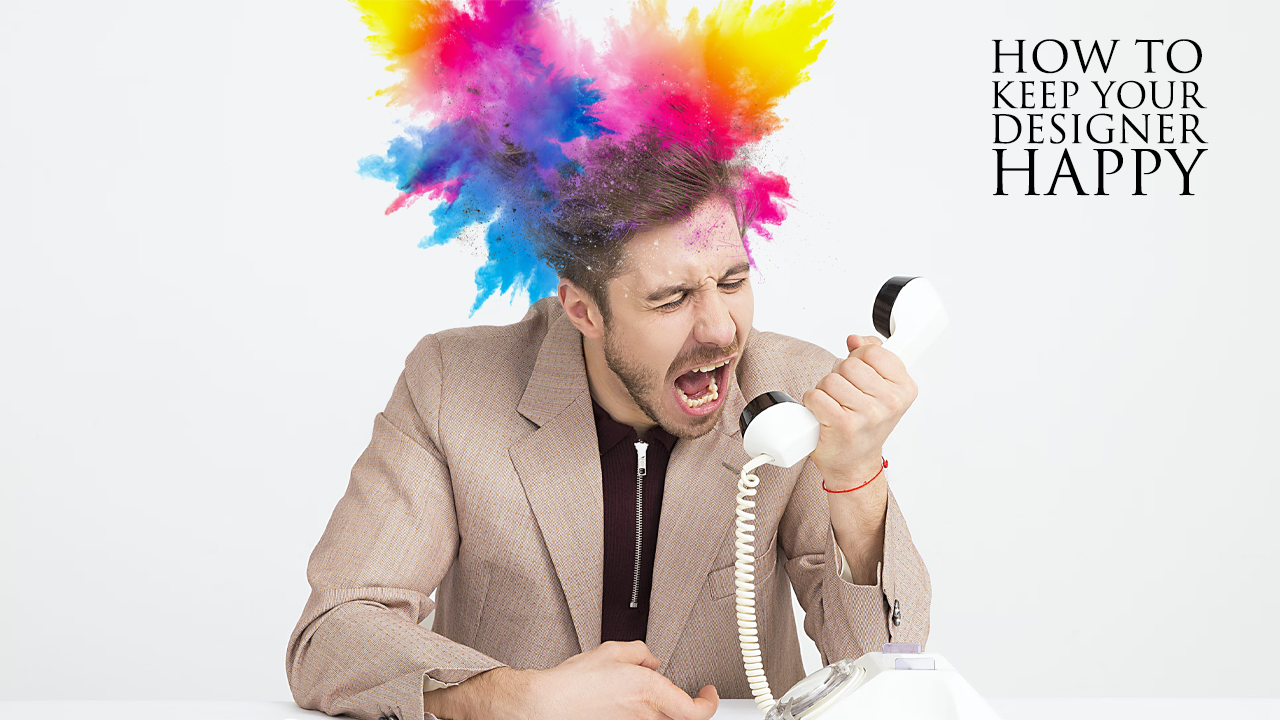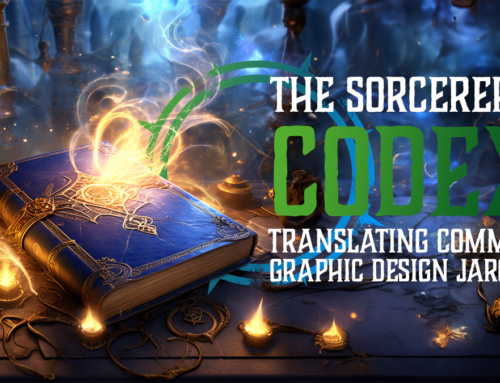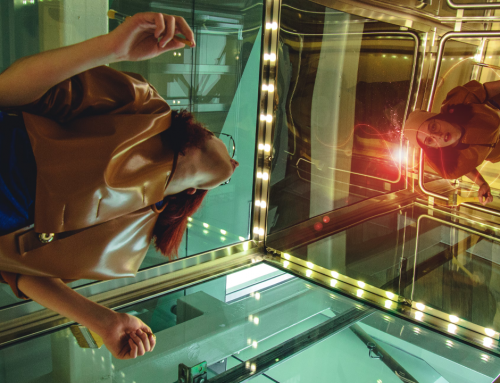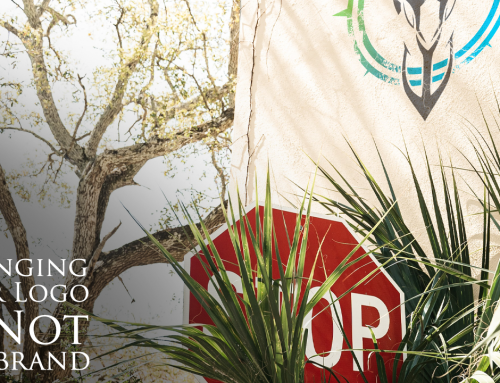There are many things that a happy designer can do that a frustrated one can’t. Contrary to popular belief, creativity often doesn’t come from pain. The trope of the ‘tortured creative’ is, for the most part, incorrect. As such, a relaxed designer is more likely to be able to find more creative solutions to problems. As stress triggers a fight or flight response, this narrows focus and blocks off potential creative breakthroughs. So how can you keep your designer happy and get the best of their creative ability?
As a business owner potentially outsourcing to a freelance designer or design agency, it’s in your best interest to have a good relationship with your designer. Here are a few things you can do to keep your designer happy and get even better results from them.
Give your designer all of the information they require
This one’s pretty simple, but it’s surprising how often this doesn’t happen. Not having relevant information is a shortcut to a frustrated freelancer. When a designer has all the information they need to get on with a project, they are more likely to produce something that is actually what you want! There’s nothing more frustrating to a designer than only having half the information they need. It means they have to guess what you want and this will lead to more revisions and a longer turnaround.
If you were at a restaurant and the waiter only gave you half a menu, you would be understandably annoyed. How are you to make an informed choice with only half the available information? This is what it’s like for designers when they get very little information. The more you can give, the easier it is for creatives to narrow down what is required and get to an idea that is both creative and what is required.
Also, be sure to give the designer all of the content at the offset. There’s nothing worse than chasing a client for copy or images that should could potentially change the direction of the design.
Get involved in the process – bit don’t micro manage
Giving your designer a brief and then making yourself unavailable can become a creativity killer. While we like to make out that we’re all sorcerers, what we do is not actually magic. Client involvement and interest in the project is important as it helps keep the designer on the right track. Taking time to carefully review iterations, asking thoughtful questions and providing measured responses helps the designer build a picture of what you need. Ultimately, being an involved party increases the chances of your designer interpreting your brief correctly.
It’s important, however, not to micro manage. Creativity needs space, and if you’re sending emails every 20 minutes with tweaks and ideas (or even worse, just ‘checking progress’) you take the designer out of their creative space and often muddle ideas that they are currently forming. Give them room to do what they do best, and prepare your thoughts for when it’s time to give feedback.
And speaking of feedback…
Give constructive feedback
Designers actually like good feedback. Not just positive, but negative too. The important thing is that it’s concise and constructive. We can only work with actionable feedback. Sending things like ‘I just don’t like it’ or ‘it’s not very creative’ aren’t going to suddenly spur your designer into creating exactly what you want. In fact, it’s probably going to just piss them off. Think about what you do and don’t like and be precise. If you’re stuck and finding it difficult to describe what you want in an email, then pick up the phone and ask them to talk you through the design. An open discussion about it will often help both parties understand the other.
Another great tip about feedback is to take your time before asking for changes. Let yourself digest what you have been given and get everything you need into a single email. You’ll often find by giving yourself time to review, you’ll be able to put your thoughts into words easier. Additionally, don’t bombard the designer with multiple feedback emails. Write one email and structure it with all your comments and requests to make it less likely your designer will miss something.
Trust your designer
Chances are, if you’ve done your homework, you’re working with a designer who both knows what they’re doing and you get on well with. If this is the case – fantastic! Trust them to get things going in the right direction, and that their design choices are right for the brand. Personal taste and good design can be very different, and any designer worth their salt will be able to represent your brand in a way that resonates with your audience. Sometimes, your own personal taste will not be what is currently working in the world of design. This is fine, but trust your designer to know the trends, and move your brand visuals in the right direction.
Ultimately, a happy designer creates better designs. Ans this should keep you happy too. This kind of relationship is incredible for both client and designer, because it provides what both parties need. Happiness and design are cyclical – a happy designer will be more creative, and creativity increases happiness. Their work will be better and they’ll be easier to work with. The client will also benefit, not only from better design, but also from a trusted partner who is more likely to offer more favourable service. The relationship is symbiotic and great for all involved.
If you’re not happy with your current designer, get in contact and see if my adventurous take on design is a fit for you.






